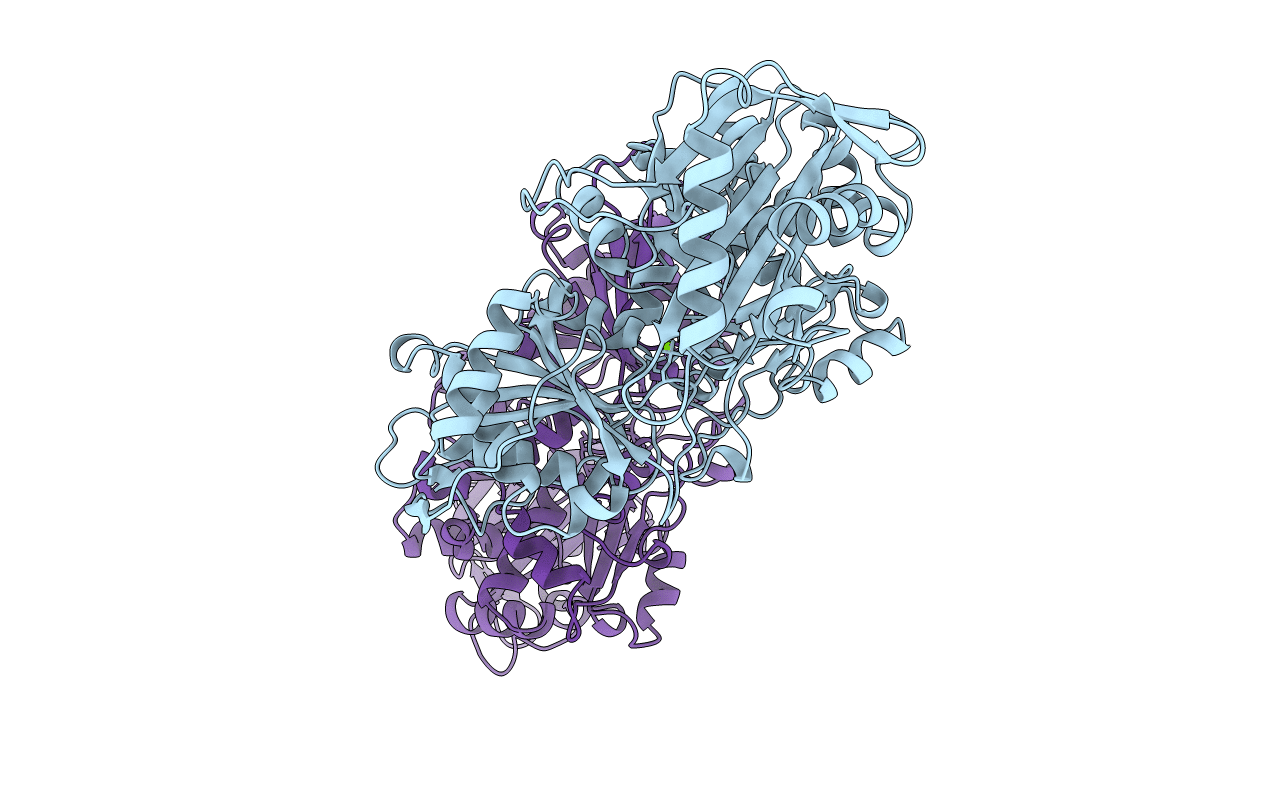
Deposition Date
1995-03-02
Release Date
1995-12-07
Last Version Date
2024-10-16
Entry Detail
PDB ID:
3PMG
Keywords:
Title:
STRUCTURE OF RABBIT MUSCLE PHOSPHOGLUCOMUTASE AT 2.4 ANGSTROMS RESOLUTION. USE OF FREEZING POINT DEPRESSANT AND REDUCED TEMPERATURE TO ENHANCE DIFFRACTIVITY
Biological Source:
Source Organism:
Oryctolagus cuniculus (Taxon ID: 9986)
Method Details:
Experimental Method:
Resolution:
2.40 Å
R-Value Free:
0.19
R-Value Work:
0.16
R-Value Observed:
0.16
Space Group:
P 41 21 2


